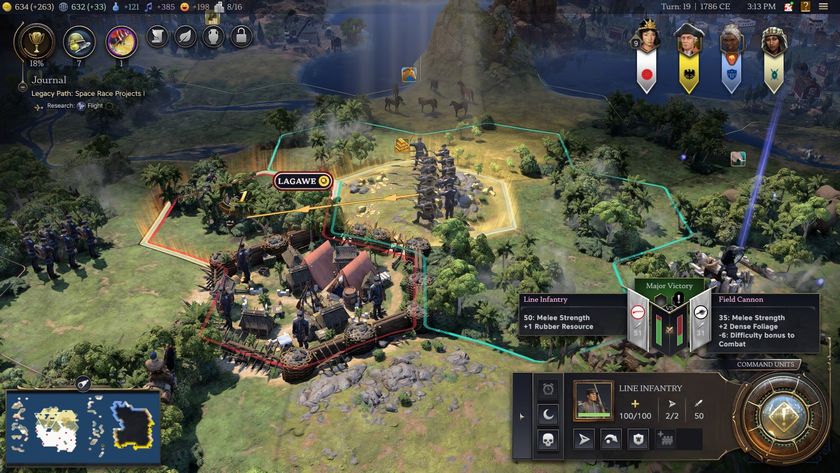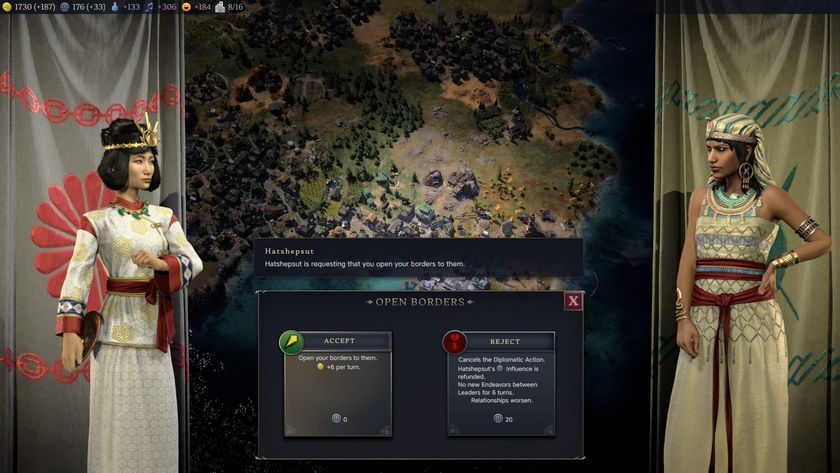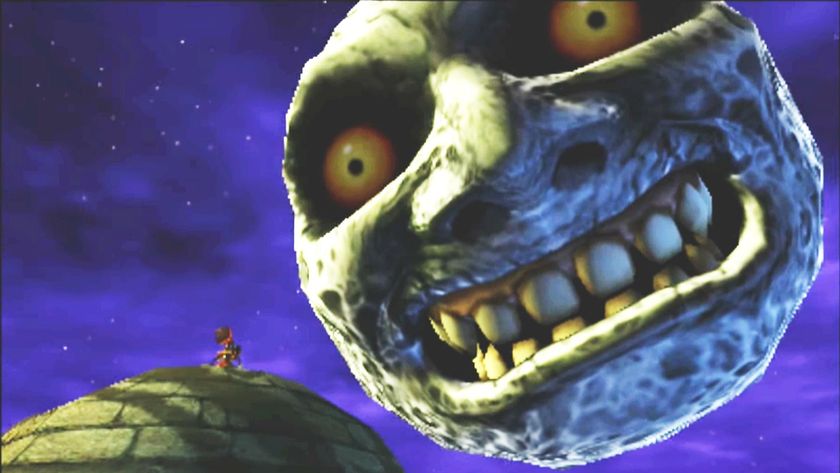Sword of the Stars
We built a space empire; now we never want to return to Earth
Like most strategy games, SOTS includes a huge technology research component. But the tech interface is a massive, circular display, made necessary by the sheer multitude of research trees to explore. A breakthrough in tech can have far-reaching strategic effects, or turn your battlefield tactics on their head. For example, fusion technology can push you further out into the galaxy, letting you claim unexplored resources; or enable the creation of fusion warheads, allowing you to take your enemy's instead. Do you research command and control technology that enables you to field an overwhelming amount of ships at a time; or do you dump all of your energies into creating one unstoppable Dreadnaught-class warship?
When we achieved a breakthrough in ship research, we hit the drawing board and ginned up new ship designs. But we weren't able to research everything in a given scenario, and had to make strategic choices about technology that suited our gameplay style. What's more, each time a new campaign is started, the tech tree is rolled out at random - key weapons and technologies may be added or subtracted - giving a fresh look each time out.

Real-time combat commenced at the beginning of each turn as our fleet entered proximity with hostiles, rewarding us with big, colorful space battles chock-full of visual drama and ear-splitting detonations. Instead of a simple palette-swap, each of the four races has a completely different take on Faster Than Light travel.Both their strategy and tactics become wrapped around that core technology.
The designers have clearly borrowed heavily from their Homeworld roots, but instead of the confusing 3D combat, they've subtracted the z-axis (vertical component) so battlescan be fought on a 2D plane. While this takes away somewhat from the unique flavor of space combat, the streamlined interface makes SOTS very accessible to new players.
Sign up to the 12DOVE Newsletter
Weekly digests, tales from the communities you love, and more
Most Popular







